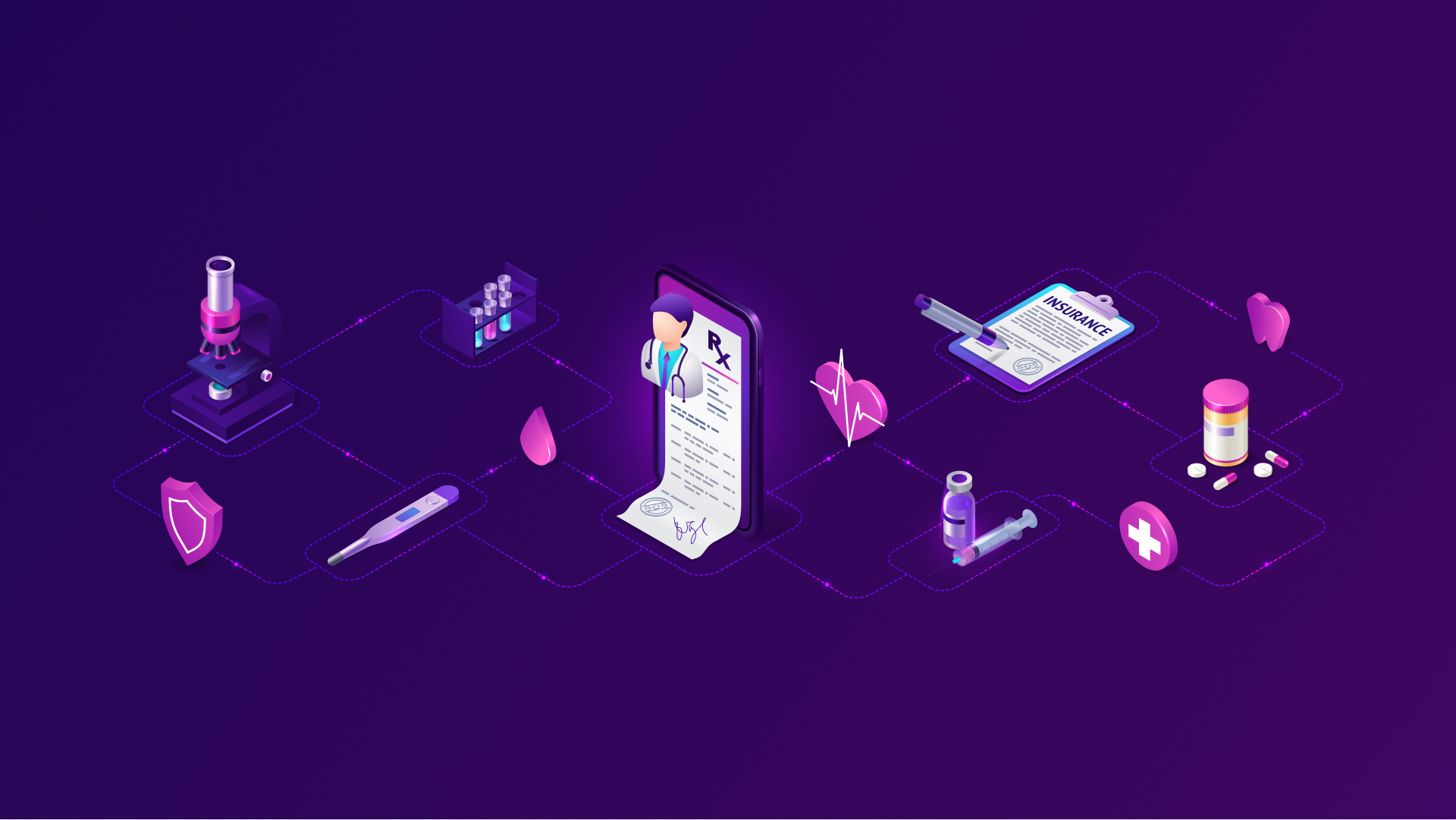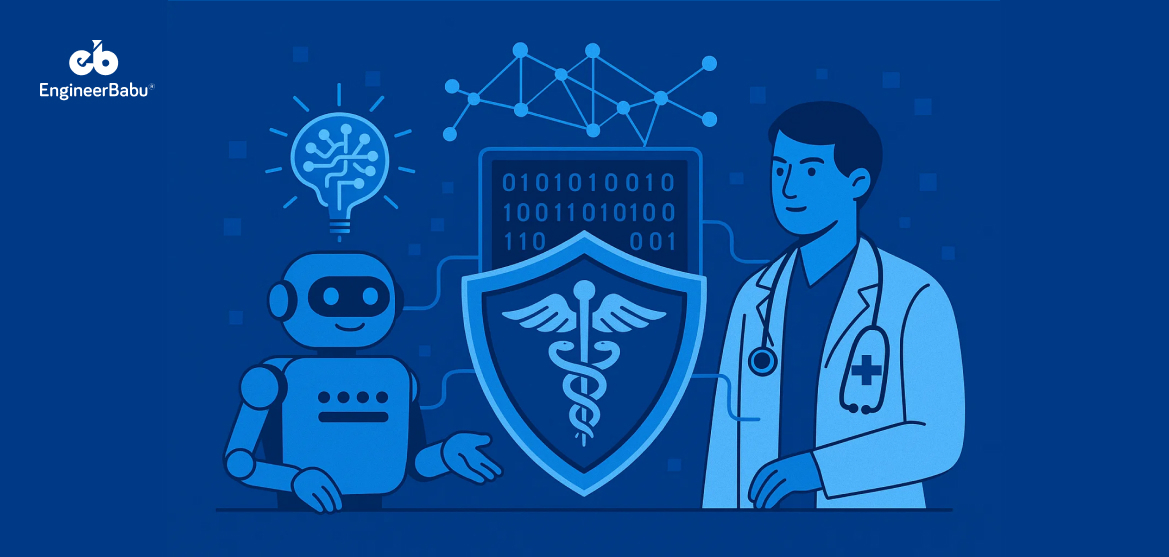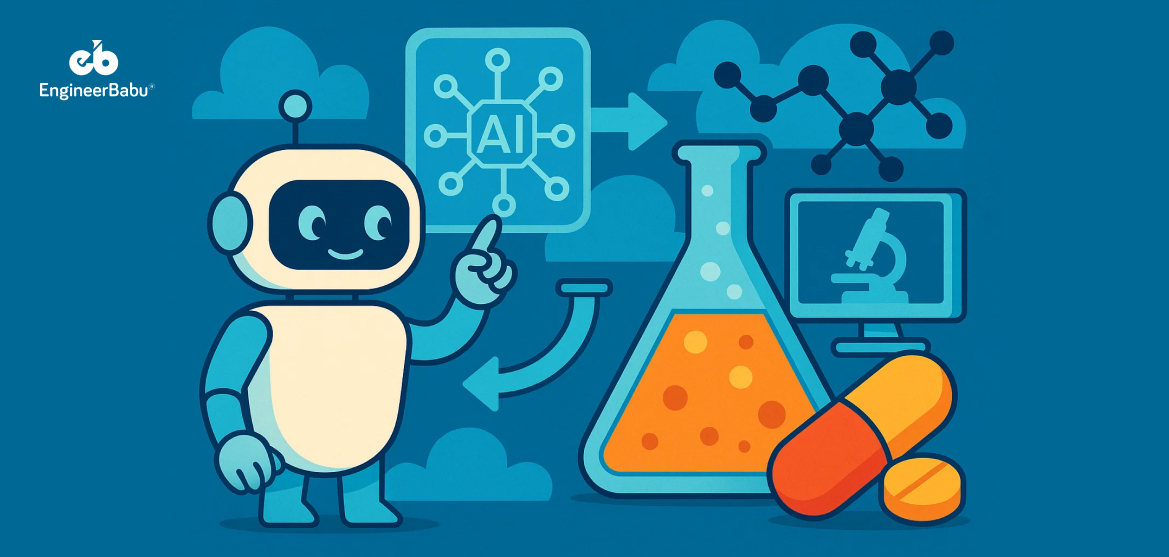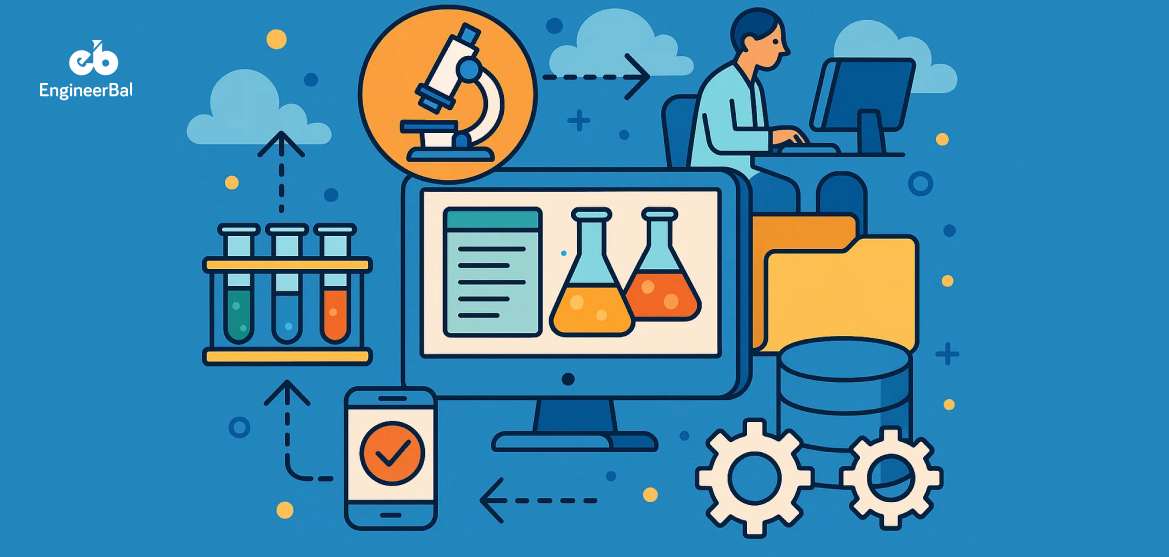Hospitals still struggle to share patient records. In fact, over 60% of them can’t easily exchange health data with outside providers. Now add the fact that 133 million Americans live with at least one chronic condition. That means millions of patients bouncing between doctors, specialists, labs — and their records don’t always follow them.
Meanwhile, healthcare data breaches are getting worse. 2023 was the worst year on record, with over 100 million patient records exposed. That’s almost 40% of the country.
The system’s broken. Not because providers don’t care, but because the tools aren’t built for how healthcare works today.
This is where blockchain actually makes sense.
It keeps data from being tampered with. It gives patients control over who sees what. And it helps providers get on the same page — fast.
In this post, we’ll break down how blockchain can fix some of the biggest headaches in managing electronic health records. Whether you’re running a hospital, a telehealth startup, or building healthtech tools, this is stuff you’ll want to know.
Why Blockchain is a Must Have for EHRs
Data Security and Integrity
EHR systems were built to store data, not protect it. That’s a big reason why healthcare is now the top target for cyberattacks. In 2023 alone, more than 700 healthcare data breaches were reported, exposing millions of sensitive records.
Blockchain changes the game here.
When you store or reference health records on a blockchain, those records become immutable. That means once data is added, it can’t be changed or deleted without leaving a trace. Every update is time-stamped and logged. So if someone tries to alter a record, you’ll know exactly when, how, and by whom.
On top of that, blockchain uses strong encryption by default. Each patient can have a unique cryptographic key, making unauthorized access nearly impossible. Even if someone hacked the system, they wouldn’t be able to decode the data without the key.
That’s a huge step up from the status quo — where many systems still rely on outdated access controls or store data in centralized silos vulnerable to single-point failures.
This kind of setup isn’t just safer — it builds trust. Patients feel better knowing their records aren’t being tampered with. And providers don’t have to waste time verifying if the data they’re seeing is accurate.
Seamless Interoperability Across Providers
If you’ve ever had to fax a patient record — you already know the problem.
One hospital’s EHR might not sync with a local clinic. A lab result might get emailed (yes, emailed) to a provider who can’t open the file. It’s clunky, slow, and risky.
Blockchain makes it easier for everyone to access the same, accurate version of a patient’s data — without relying on a dozen different portals.
Think of it like a shared source of truth. Instead of each provider keeping their own siloed copy of a health record, they all reference one record that’s stored or linked via blockchain. Any updates are logged in real-time. Everyone sees the same info — no duplicates, no missing pieces, no version control nightmares.
For providers, that means better coordination. A specialist doesn’t need to repeat tests the primary care doc already ordered. For patients, it means not having to remember every detail of their medical history or carry around physical documents.
And this isn’t some far-off future. Companies like Healthereum and Medicalchain are already piloting blockchain-based systems where patients can share their full medical history — instantly — with any provider they choose.
Patient-Centric Control
Most patients don’t know who has access to their health data. They might be able to request access, but sharing it with another provider? That’s a whole process — and it’s rarely quick or easy.
Blockchain flips that.
With blockchain, patients can control who sees their data and when. It’s like having a remote with permissions. Want to give your cardiologist access to your imaging reports but not your mental health notes? You can. Need to share your full history with a new specialist? One click does it. The tech behind this is called private keys — think of them as digital locks that only you have the keys to.
This gives patients ownership in a way that today’s systems just don’t allow. More importantly, it builds trust. People are more likely to engage in their care when they know they’re in charge of their own data.
It also makes compliance easier. With permissioned access, providers don’t have to worry as much about accidentally violating HIPAA — access logs and consent trails are built in by default.
For example, MIT’s MedRec project has tested a blockchain-based medical record system that lets patients manage permissions and keeps a secure log of data access.
Streamlined Access in Emergencies
In an emergency, every second matters — but health data doesn’t always show up on time.
Paramedics, ER doctors, and trauma teams often have to work blind. They might not know a patient’s allergies, medications, or pre-existing conditions. And that delay in getting the right info? It can lead to the wrong treatment — or no treatment at all.
Blockchain helps fix that by making critical patient data instantly accessible to authorized providers, no matter where they are. That access isn’t unlimited — it’s built on permission-based protocols. But in an emergency, if a patient has opted in, their essential health data can be pulled up immediately.
This is especially useful for people with chronic conditions, rare diseases, or complex medical histories. Instead of relying on memory (or hoping someone brought a folder of records), providers can see a verified, tamper-proof snapshot of what they need — right then and there.
There’s already progress here. Estonia’s eHealth system uses blockchain to help emergency providers quickly access records, while also tracking every access to prevent misuse.
Auditability and Transparency
Most EHR systems track access in the background, but patients and even some providers can’t easily see that info. And when data goes missing or gets changed, figuring out what happened turns into a slow, messy process.
Blockchain fixes that with built-in audit trails. Every time someone accesses or tries to modify a patient’s data, it’s logged — with a timestamp and a user ID. You can’t edit the log. You can’t delete it. That level of transparency makes it easier to catch mistakes, spot unauthorized access, and keep everyone accountable.
For providers, this builds trust with patients and regulators. If there’s ever a dispute — over a missed diagnosis, billing issue, or unauthorized data share — there’s a clear, unchangeable history to look back on.
It also helps with compliance. Regulators love traceability, and blockchain makes it automatic. Everything’s documented. Nothing’s hidden.
Reduced Administrative Burden
Managing patient consent, sending referrals, requesting records, verifying data… it adds up. Some studies estimate that administrative tasks eat up nearly 25% of total hospital spending in the U.S. That’s billions of dollars — and thousands of hours lost.
Blockchain can take a big chunk of that off the table.
With smart contracts, certain tasks can run automatically. For example, a patient can give a one-time digital consent to share records with a specialist. The system logs the permission, enforces the rules, and revokes access when it expires — no paperwork, no follow-ups. Same goes for referrals, billing steps, or even insurance verification.
This cuts down on back-and-forth communication and reduces the chance of human error. It also speeds things up, which means fewer delays in patient care.
For healthcare providers trying to scale without hiring an army of admin staff, this is a huge win.
Addressing Implementation Challenges
One big hurdle is integration. Most hospitals already use complex EHR systems, and adding blockchain to the mix means connecting new tech with old infrastructure. That takes time and budget — two things many providers don’t have much of.
Then there’s the issue of scalability. Public blockchains like Bitcoin or Ethereum aren’t built to handle millions of health records. That’s why most healthcare applications use private or permissioned blockchains — they’re faster and easier to manage, but they also come with trade-offs in decentralization.
Compliance is another thing. HIPAA, GDPR, state laws — blockchain systems have to follow all of them. That means building in things like consent management, access controls, and data minimization from the start.
The good news? These challenges aren’t show-stoppers — especially if you work with the right development partner. App development companies specializing in healthcare and blockchain know how to design systems that meet legal standards, connect with existing EHRs, and actually work in real-world environments. They can help you avoid costly missteps and get your product into the hands of users faster.
Conclusion
Healthcare’s biggest problems with electronic health records aren’t just about software — they’re about trust, access, and control. Right now, too much time is spent chasing records, verifying info, and managing systems that don’t work well together.
Blockchain doesn’t magically fix everything, but it does solve some of the most critical gaps. It locks down patient data. It keeps records honest. It gives patients control, and makes sure providers aren’t flying blind.
For hospitals, telemedicine platforms, and healthtech startups, now’s the time to think about how blockchain fits into the bigger picture — not someday, but today.
FAQs
Is blockchain HIPAA-compliant for healthcare data?
Yes, it can be. Blockchain itself doesn’t violate HIPAA, but how you implement it matters. The system must include encryption, access controls, and audit logging — all of which blockchain supports. As long as you’re storing or transmitting data in a secure, permissioned way, blockchain can help meet HIPAA requirements.
Can blockchain replace current EHR systems?
No. Blockchain isn’t a full replacement for EHRs — it’s more like an upgrade. It works best as a secure layer that enhances data integrity, sharing, and transparency. It helps different systems talk to each other and keeps better track of who did what, when.
How does blockchain help in telemedicine?
Telemedicine depends on real-time access to accurate patient records. Blockchain allows providers to access verified data instantly, without chasing down faxes or logging into multiple platforms. It also lets patients securely share their health info with providers, which is critical for remote care.
Can blockchain reduce healthcare fraud?
Yes. Blockchain creates a permanent, time-stamped record of every transaction — whether it’s a data access request, billing claim, or prescription. This transparency makes it much harder to manipulate records or submit false claims. Providers, insurers, and regulators can quickly verify if services were actually delivered and billed correctly, reducing the chances of fraud slipping through the cracks.
How can Engineerbabu help build secure EHRs using blockchain?
Engineerbabu is an experienced IT services provider with years of experience in building blockchain-based healthcare solutions. If you’re looking to build a custom EHR system or add a secure data-sharing layer to your existing setup, Engineerbabu has development teams who understand healthcare privacy laws and know how to work with FHIR standards This reduces the risk of failed projects and speeds up the path to launch.




